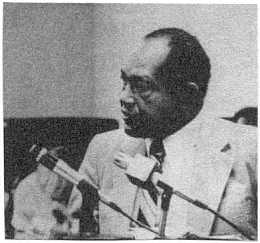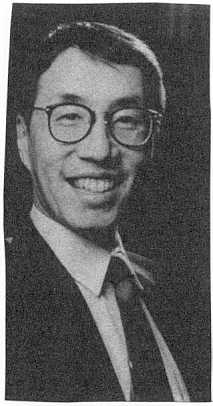POLITICAL HISTORY
· Los Angeles originally was largely a Spanish town, and since then it has been more hospitable to Blacks than to any other minority group.
· In 1882 was the year of the passage of the Chinese Exclusion Act, which basically banned immigrants from China.
- Chinese and Japanese Americans been outcasts in Los Angeles. California at the time, was very anti-Asian
· 1914 – The beginning of public transportation segregation.
· It was also around this time that Los Angeles created housing restrictions, which inevitably caused the creation of the first black ghetto.
· 1940’s and the 1950’s were the years that Asians were allowed to become eligible for naturalization.
· 1960 – LA was one of the most “backward” cities regarding Black representation. All three districts, that are predominantly African-American 8th, 9th, and 10th, still had no black council members.
· 1961- Election of mayoral candidate Sam Yorty. He was popular because he increased the number of Blacks on mayoral staff and on the city commission.


· 1963- Major white business owners controlled the housing market, created many methods to block Asians as well as Latinos.
· The 60’s also saw an alarming number of hate crimes against Asians.
· 1965- the year of the Watts Riot, August 11th at 7:00 p.m. This occurred as a result of supposed police brutality to an appearing pregnant woman. The effect of the riot was that the movement for Black political representation became stronger.

· The Civil Rights Act of 1964 and the Voting Rights Act of 1965 helped the large numbers of Asians move into the professional managerial class, and then they began to use their resources to increase political participation and create grassroots.
· Bradley emerges as the biggest Critic of the police and runs for the mayoral race in 1969. Yorty wins by a small margin. This is the year that had the highest voter turnout since that time, at 76%.
· Bradley wins the mayoral race in 1973 with the help of a biracial coalition between the blacks and liberal whites of LA who are mostly Jewish.
· The transformation of Asians now becoming dependent upon themselves allowed them to create a political base in the San Gabriel Valley. They used public hearings to get their issues heard and they established Asian political organizations.
· Asian Americans begin to build coalitions with the Latinos because their identities have been shaped by similar experiences in LA
ETHNIC HISTORY SUMMARIZATION
· In the beginnings of the city of Los Angeles it is mostly Hispanic Americans. (Mexican Americans.)
· The 1860’s saw the creation of the first Chinatown, which was separated from the actual city because of the high anti-Asian sentiment that was going on at the time.
· 1888- year that African-Americans had a sizable presence in the area.
· 1910- This was the start of the Japanese “yellow peril”. Many white Americans thought that their jobs and opportunities in business were being lost to Asians at this time. The Japanese at the time were the owners of many businesses in downtown Los Angeles.
· 1913, 1920, 1924- Alien Land acts of 1913-1920.
· 1910- This was a year where there was high increase of Black migration into Los Angeles.
· 1900-1920 – The “Golden Age” for Blacks. They named this period this because this was the easiest time they had in terms of housing and owning land. In 1915 they established the “Avenue” which was a street that was mostly African-American.
· This same time period also marked the beginning of the new wave of White Americans migrating to the area, because of all the wealth that could be found in California at the time.
· These new white neighbors did not want to be close to the minorities and wanted to “protect themselves” from contact with the other races.
· 1912- The year of the “Shenk Rule” which allowed saloons to charge more to Blacks than to whites
· 1913- This was the year that the process of “Americanization” began to occur in Los Angeles. They presumably did this to all minorities.
· 1930-1945- Period of Industrialization: The racial group that benefited the most during this period were the Blacks. The growth of industry led to the mass migration of blacks in 1942 into the area now known as the city of Watts because it was close to the factories where the industry jobs were available.
· 1942- Due to the World War and the resentment by Americans to the Japanese spawned the incarceration of 112,000 Japanese Americans in Los Angeles.
· 1968- Open Housing Act: This was the reason that many minority communities were created throughout Los Angeles. This allowed minorities to live almost where they wanted.
· 1970s- Massive immigration of Asians and the greatest increase of African Americans occurred during this time.
· The late 1970s and the 1980s, the Asian population grew from 250,000 in 1970 to 1.3 million in 1990.
· Asians were given the term during the 80s and early 90s as the “Model Minority” because they seemed to be prospering the most out of all the minority groups. Most Asian male immigrants arrived in the U.S. and were able to obtain professional jobs.
· South Central LA currently remains the political and social center for Blacks in the city of Los Angeles.

